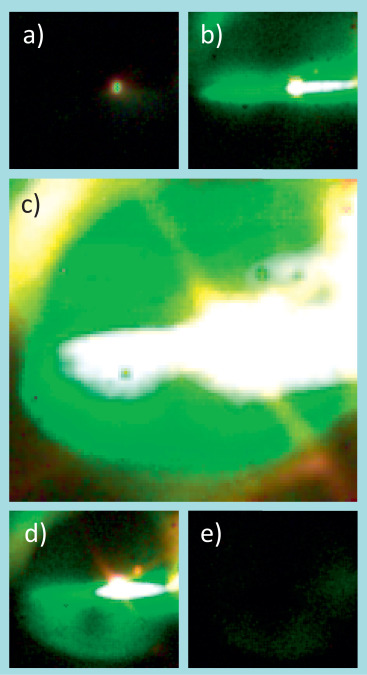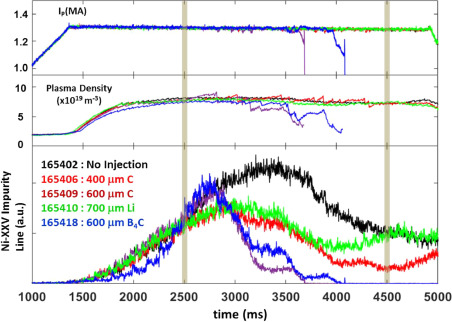The energy produced by the fusion of stars such as the sun can be described as "constant." If human beings can one day master the technology of controlled nuclear fusion, then life will become infinitely better. The problem is that the plasma used in fusion is inherently unstable. In the case of a large number of eruptions, the reaction vessel will also be damaged. The good news is that physicists from the Plasma Physics Laboratory (PPPL) at Princeton University have found a new way to deal with the "big explosion." Specifically, by injecting tiny beryllium particles to trigger a large number of "small volcano" eruptions, the large eruption of nuclear fusion plasma can be alleviated. It is reported that the reactions of fusion and fission are basically opposite. At present, nuclear power plants around the world use energy generated by fission. When fission occurs, the atoms release energy. But during fusion, the fused nuclei will release cleaner, safer, and more efficient energy. Normally, nuclear fusion needs to be carried out in a hollow toroidal reactor called tokamak, which is filled with plasma as hot as the sun. As you might expect, it takes a lot of effort to keep the 'artificial sun' strong pressure and temperature required for fusion. However, the eruption called the edge localized mode (ELM) may damage the barriers of the fusion reactor, which not only reduces safety, but also requires frequent replacement of components. Given that ELM is difficult to eliminate, PPPL researchers turned to thinking of a way to control suppression. The team found that by creating a series of small ELMs, larger and more destructive ELMs can be prevented. These smaller eruptions can be triggered by periodically injecting zeolite particles into a boiling plasma. The research team is currently testing whether the technology is suitable for the Tokamak device (ITER) currently being manufactured in France. Computer simulations show that beryllium particles with a thickness of about 1.5 mm can effectively penetrate into the plasma and trigger the ELM. After that, the research team conducted a physical experiment (also tokamak) on the National Fusion Device (DIII-D) in San Diego. The researchers used the same magnetic field method as ITER to confine the plasma, and injected carbon, lithium, and boron carbide particles. These particles are all light metals and have similar characteristics to beryllium. The results of the first batch of experiments seem to be quite successful. Research co-author Rajesh Maingi said: "This is our first attempt to figure out how these impurity particles penetrate into ITER and make changes under specific temperature, density and pressure conditions to trigger ELM." The team said that beryllium particles are expected to become the most ideal plasma management tool for many tokamak devices. Other tools include external magnets and deuterium particle injection. Next, they will try to test on tokamak devices like JET in the UK. Circle Hole Cutter,Plaster Board Tools,Plasterboard Notching Cut,Plaster Board Lifter SHAOXING SUNWAY TOOLS & HARDWARE IMPORT & EXPORT CO.,LTD , https://www.sunwaytools.com
(Photo from: General Atomics, via New Atlas) 
(Research Picture-1) 
(Research with picture-2) 
(Research with Picture-3)